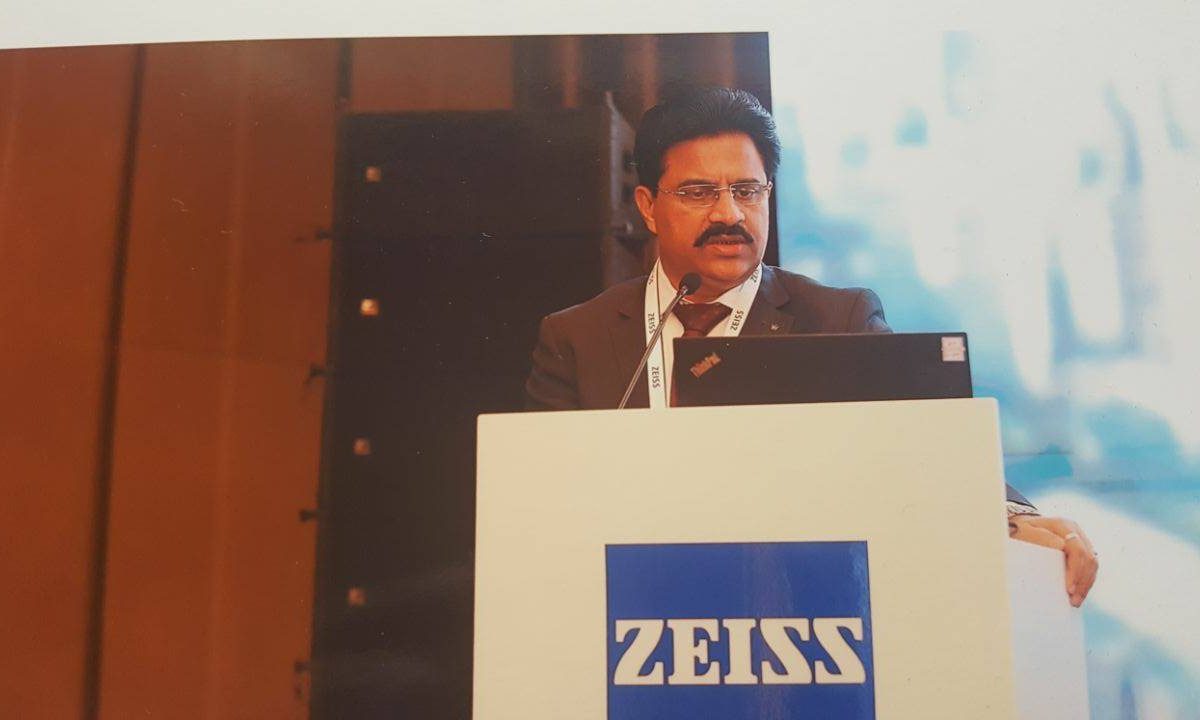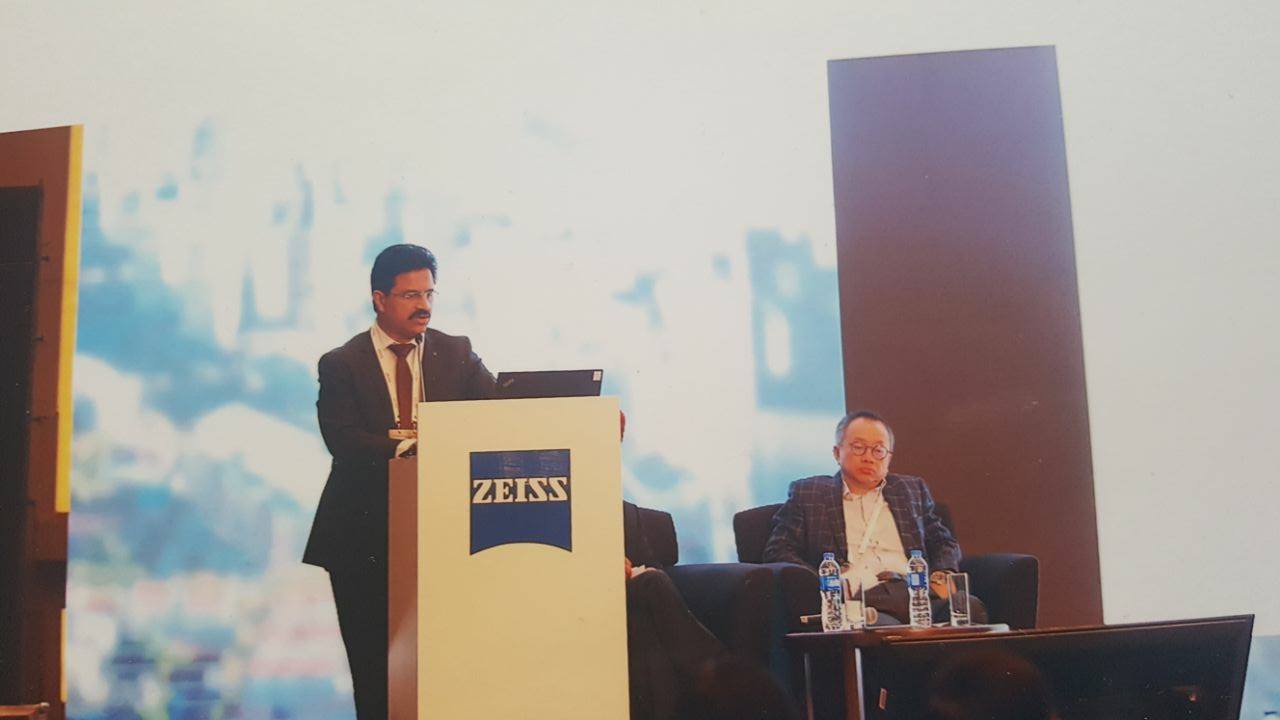Many people are suffering from eye diseases like cataract and they are constantly looking for best ways to get rid of it. Very few people opt for traditional cataract surgery which is not that great because it lacks precision. On the other hand, majority people choose laser cataract surgery which uses a computer-assisted laser and renders a highly accurate procedure to free your eyes from cataract and it has helped myriads of eye patients to reclaim their vision back.
What is Laser Cataract Surgery?
Laser cataract surgery is also known as Refractive Laser-Assisted Cataract Surgery (ReLACS). It is a modern surgical treatment for cataract that uses Femto Second laser technology which brings a whole new level of accuracy in the procedure as compared to the old times when the cataract was being treated with the help of hand-held equipment. Laser cataract surgery has mainly 3 steps and those are-
- The corneal incision
- The anterior capsulotomy
- Lens and cataract fragmentation
Now, let us see what role the aforementioned steps play during the process of laser cataract surgery
Corneal Incision: During regular cataract surgery, the surgeon utilizes hand-held medical equipment which has a diamond or metal blade and is used to make an incision in the exact area where the sclera meets the cornea. This incision permits the surgeon to enter the interior parts of the eye to crack up and remove the cataract.
A cataract clouds the eye lens and makes your vision blurry and generally happens behind the pupil. After that, the surgeon inserts an intraocular lens (IOL) to replace the cloudy lens which is causing blurry vision.
Anterior Capsulotomy: For your information, the natural eye lens is enclosed by a clear and very thin capsule. During laser cataract surgery the anterior part of the capsule is detached into a step known as capsulotomy. This procedure enables the surgeon to garner direct access to the lens which is affected by cataract.
It is of pivotal importance that the remaining part of the lens capsule which was intact in the eye must not be damaged during the surgery because it should hold the implanted lens for the rest of the life. Various studies and researches have shown that the capsulotomies performed with the help of a laser have more reproducibility and accuracy.
Lens and cataract fragmentation: Once the capsulotomy has been performed, the surgeon can access the cataract to remove it. In traditional cataract surgery, during the phacoemulsification process, there is a high chance that the ultrasound energy can build up heat and damage the incision and can negatively affect the outcome by inducing astigmatism.
But when we are dealing with laser cataract surgery, there are no chances of error. The laser softens the cataract as it tears up. By breaking the cataract into much softer and smaller pieces, a lesser amount of energy would be required to remove the cataract which in turn, boosts the overall accuracy of the entire process.
Should You Consider Laser Cataract Surgery?
Laser cataract surgery is a safe method for the treatment of cataract and has several other advantages, but this type of surgery is not for everyone. Why? It is because the user of a laser and the utilization of premium lenses are not covered by most of the insurance agencies and a patient will have to burn a hole in their pocket for the treatment.
So, if money is not your concern and you want the best possible treatment for your cataract then you must go for laser cataract surgery. It is safer and has lesser post-surgery care and maintenance.
Benefits of laser cataract surgery
Laser cataract surgery has myriads of advantages over traditional cataract surgery. Firstly, it is safer and requires lesser post-surgery care and maintenance. Apart from this, a patient has a better vision once the laser surgery has been performed. The accuracy of the laser assists a surgeon in giving people clearer vision faster, more consistently, and very often without glasses. The laser’s accuracy matters a lot when a surgeon wants to graft a multifocal lens which resolves close-up and distant vision or Toric lenses that has the capability to correct astigmatism.
Now, let us see the benefits of laser cataract surgery
Laser cataract surgery demands lesser energy: Researches say that the laser treatment requires 45% lesser ultrasound energy for achieving successful cataract removal and, during the procedure, the eye surgeons have to perform 45% fewer movements when compared with the traditional surgery. The laser pretreatment adds about five to seven minutes to the usual 10- to 15-minute cataract surgery.
Lesser cell damage: A survey tells us that no endothelial cells are damaged during the laser cataract surgery. This is really good because endothelial cells are the barometer of the eye-health as they preserve cornea’s clarity and are non-regenerative in nature. Another survey shows that during the standard treatment there is a huge loss of endothelial cells and it might range from 1 to 7%
Precision mapping: Before the surgical procedure starts, the laser cataract system allows a surgeon to create a 3D map of your eyes which helps in achieving exceptionally precise measurements for every step during the surgery.
Mild approach: The laser system is utilized to soften the cataract in the eyes, and it helps to break them into minute pieces which allow the scope for an easier and gentle way to remove the cataract. In traditional surgery, a surgeon used a hand-held surgical tool which has a metal or diamond blade.
Laser accuracy: During the first step of cataract surgery, a miniature opening is made with the help of a laser that holds the cataract together. For better accuracy, the laser makes the opening as circular as possible so that the new lens can be inserted without any hassle. For your information, the laser can be utilized to create impeccable incisions which can be used to correct astigmatism.
Now, we hope that you know what a laser cataract surgery is and what are its benefits for you. Laser cataract surgeries are safer and can be used to correct astigmatism as well. If you are having cataract then it will be a good option to visit an eye surgeon and get yourself treated as soon as possible.






